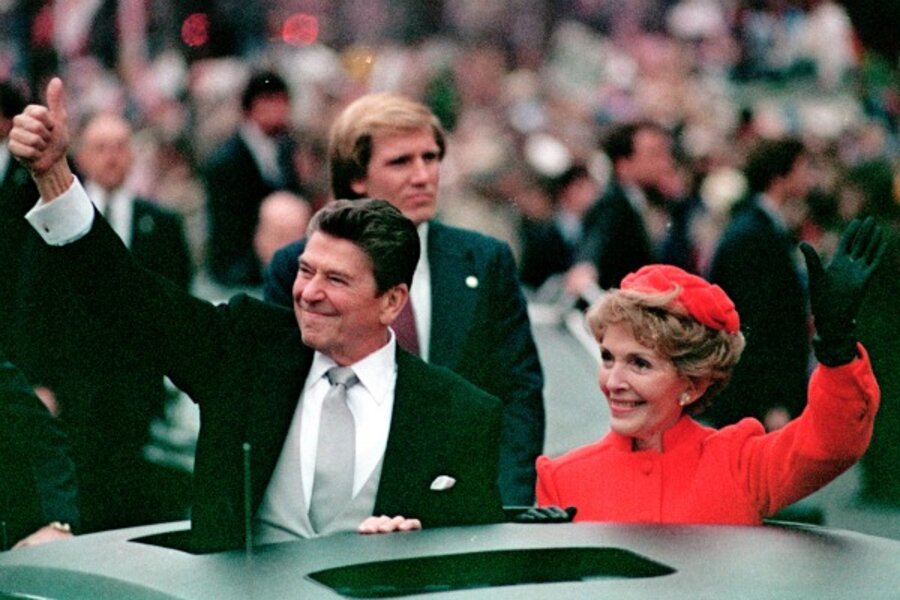Reagan came into the Oval Office pledging to shrink government and lower taxes.
“Right now government is the biggest cost item in your family budget,” Reagan wrote to a constituent in 1981. “It costs more than food, housing and clothing combined,”
Under Reagan, the tax burden in the US shifted dramatically, and he sought to reduce the size of government. Federal income taxes for top earners fell from 70 percent to 28 percent, and 16 million jobs were created between November 1982 and January 1989, his final month in office.
Reagan’s economic plan was influenced by supply-side economic theory, which holds that high taxes are bad for the economy and discourage people from investing in business or working longer hours. Lower taxes, on the other hand, are thought to encourage innovation, investment, and job creation by freeing up capital. If taxes on the wealthy are cut, the theory goes, benefits will "trickle down" to middle- and lower-income people in the form of jobs and a healthier economy.
Though he is remembered as a tax cutter, Reagan actually raised taxes 11 times after his initial 1981 tax cut. Reagan presided over a ballooning budget deficit, as new military spending outstripped the savings from cuts to social programs.





